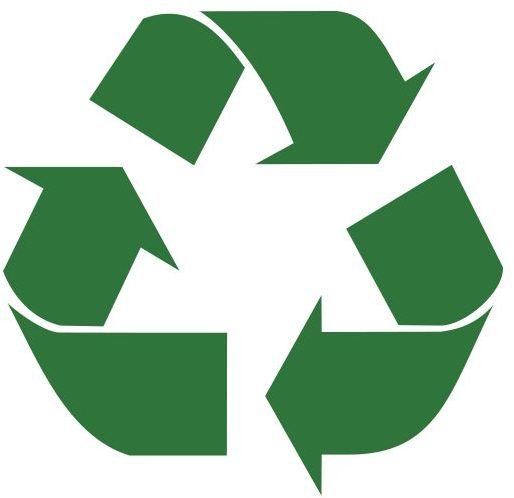Stop, Don't Toss It - Top 10 Tips for Recycling at Home - Page 1
Recycling is for Everyone
Every household can make a difference by recycling and minimizing their impact on already overburdened landfills. These tips for recycling at home include easy tips for beginners and advanced recycling ideas for the die-hard environmentalist.
Tip 1 - Identifying Recyclables
The first step to recycling is identifying what items are recyclable. Some recyclable items are easy to identify because they contain a recycle symbol or PET code on them. But these items are not the only recyclable items. You can recycle food scraps, gray water, Styrofoam, paint, motor oil, old furniture, appliances and more. Many products that are not recyclable can be reused to keep them out of landfills.
Tip 2 - Make a Home Recycling Center
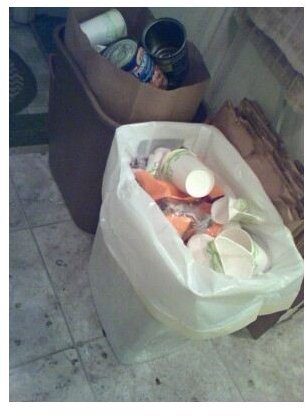
Everyone in the household is more likely to recycle items if it is easy. With a busy lifestyle it can be hard to remember what items are recyclable and let’s face it, sometimes we are lazy and it is easier to simply toss an item in the trash. If you make recycling easy, you are more likely to do it. Recycling is much easier when you set up a home recycling center. A home recycling consists of separate labeled bins in the house for different recyclable products. In your kitchen, place a bin for cans, bottles and other items that can be emptied into your outdoor recycle collection container for pickup by your waste collection provider, a bin for your compostable items and a bin for plastic shopping bags. In your office, place a bin for paper, a bin for styrofoam packaging and a bin for old batteries. Set up a shelf in your garage for storing motor oil, paint and old electronics.
Tip 3 - Composting
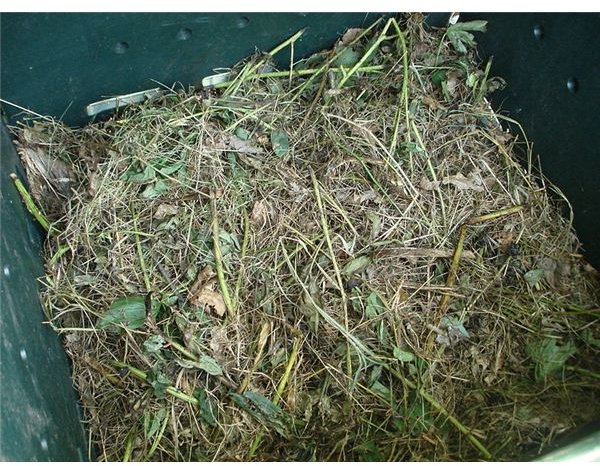
Don’t throw away food scraps and yard trimmings. Instead, make valuable compost to fertilize your garden. Make a compost pile in your backyard by combining 50 percent carbon rich materials such as dirt or dried leaves with 50 percent nutrient rich materials such as fresh grass clippings and vegetable scraps, in a compost bin. Mix the materials thoroughly. Remix the pile each time you add your fruit and vegetable scraps, pet waste and yard trimmings. Keep your compost pile covered with a tarp at all times. Your compost is ready to spread in the garden when all of the items have biodegraded and the compost smells and looks like dirt.
Tip 4 - Compost Toilet

According to the California Energy Commission “about 75 percent of the water we use in our homes is used in the bathroom.” A large part of that bathroom water usage is from our toilets. With water shortages an ever-threatening problem, it is a wise idea to reduce our usage. One way to reduce bathroom water usage is to install a newer low-flow toilet. Alternatively, you can get rid of your water using toilets all together and install a compost toilet. Compost toilets may sound strange, but once you get used to the idea, you may like them. Instead of using water, compost toilets mix human waste with a substrate such as peat moss to make a nutrient rich fertilizer suitable for the fertilizing your flower garden. To learn more about compost toilets read, “How to Make a Compost Toilet.”
Tip 5 - Hard to Recycle Items
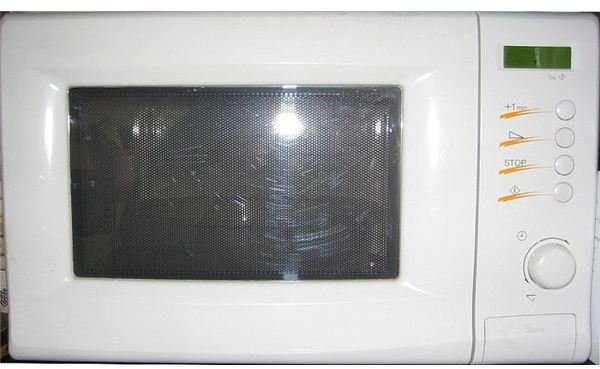
Some items are not easy to recycle. For example, it is often difficult to find recycling centers that accept electronics, furniture and appliances. Ask your waste collection provider or your city government office for a list of recycling facilities that accept the items you are trying to recycle. If neither are able to provide you with an answer, look for a recycling facility on Earth911.com. The Earth911 website has an extensive database of recycling centers for a multitude of items in practically every location.
Continue onto page 2 to read more tips for recycling at home.
Tip 6 - Recycle Gray Water

The average American uses 100 gallons of water a day, estimates the Oberlin College Resource Conservation Team. We can recoup some of the water used in our households by recycling gray water. Gray water is the waste water from your kitchen and bathroom sinks, your shower and bathtub, and from your laundry. Basically, gray water is all of the waste water from your home, except for toilet water. Gray water is reusable, as long as it does not contain toxic or non-biodegradable products such as bleach, paint or other chemicals. Instead of letting gray water go down the drain, reuse it to water your garden or wash your car. To recycle gray water, you can manually collect water from your sink or bathtub in a bucket or you can setup a system that reroutes the water to drain to an outdoor collection container instead of the sewer.
Tip 7 - Recycle Styrofoam
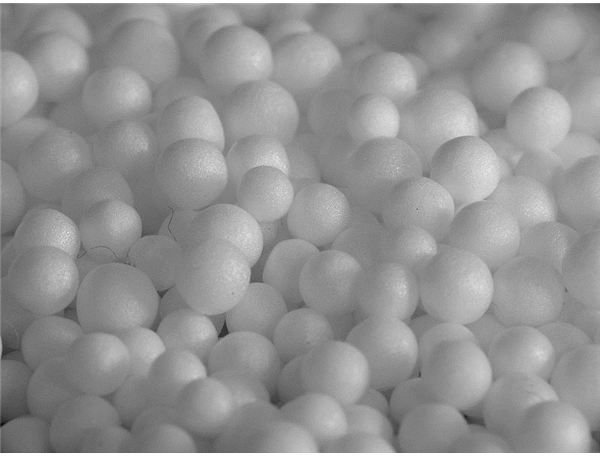
EPS foam, more commonly known by the brand name Styrofoam, is not biodegradable. It is also difficult to recycle because there are very few facilities that accept it. However, it is not impossible to recycle. Locate EPS foam drop off and mail-in recycling centers on the Alliance of Foam Packaging website. Another option is to reuse Styrofoam for craft projects. Give kids some crayons, paint and your old Styrofoam cups, plates and packing materials to create artwork.
Tip 8 - Recycle Paint
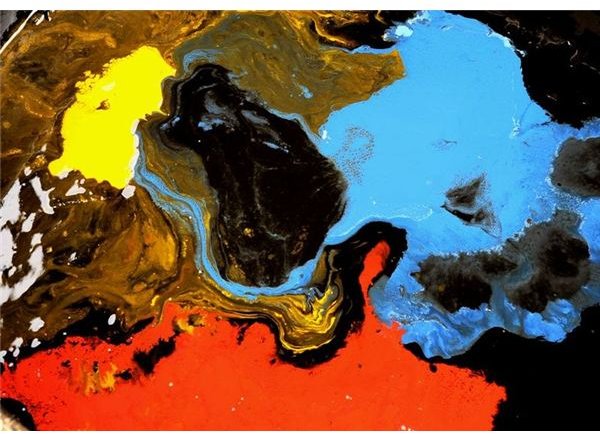
Never throw away or pour old paint down the drain. Paint contains additives that can pollute soil and waterways and harm wildlife. If you have extra paint, try to give it to a friend or donate it to charity. Or, give the paint to a recycling center. Locate a hazardous waste collection center that accepts paint in your area or learn alternative ways to properly dispose of old paint here.
Tip 9 - Recycle Motor Oil
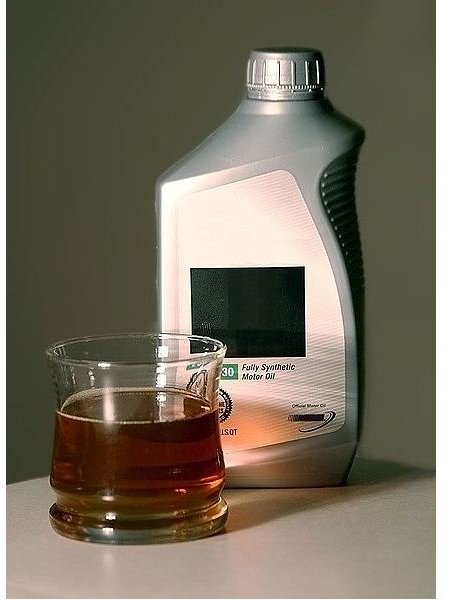
Motor oil gets dirty with use and the additives it contains wear out, but the base oil can be cleaned and turned into new motor oil. Special recycling facilities re-refine old motor oil in a process similar to the one used to refine virgin motor oil. The finished recycled motor oil or re-refined motor oil is equal in quality to virgin motor oil. Locate an oil recycling facility in your area by calling 1-800-CLEANUP.
Tip 10 - Get Kids Involved
Teach your kids to recycle through fun games. One fun recycling game is to have kids draw pictures of items that can be recycled. Another game is to have kids walk around the house and identify recyclable items.
More Tips for Recycling at Home
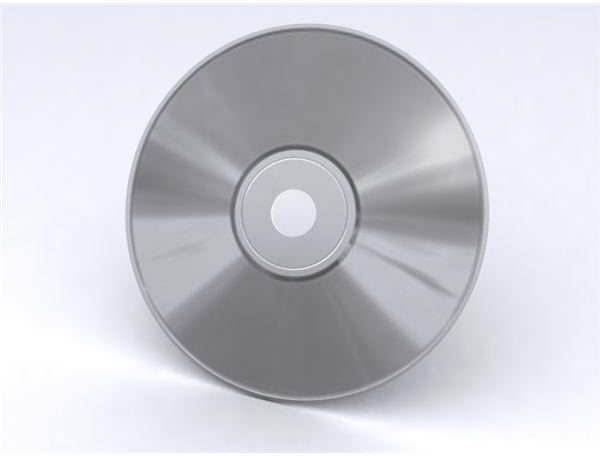
Before tossing that item, look at it. Evaluate if it can be recycled, donated or reused. Aluminum siding, garden hoses, DVDs and more can be recycled. For more reycling ideas, read “50 Things We Can Recycle From A-Z.”
References
Population Education; “What a Waste!”; www.populationeducation.org/docs/earthmatters/em2_unit7.pdf
California Energy Commission; “Saving Energy”; www.energyquest.ca.gov/saving_energy/index.html
Oberlin College Resource Conservation Team; “Interesting Facts About Recycling”; www.oberlin.edu/recycle/facts.html
Image Credits
International Recycling Symbol Image Credit: Wikimedia Commons/Krdan/Public Domain
Bins Image Credit: Chuck Marean/creativecommons.org/licenses/by-sa/3.0/deed.en
Compost Pile Image Credit: Ksd5/Public Domain
Compost Toilet Image Credit: Way of Nature Corporation/Public Domain
Microwave Image Credit: Hedwig von Ebbel/Public Domain
Water Faucet Image Credit: Dschwen/creativecommons.org/licenses/by-sa/2.5/deed.en
EPS Foam Image Credit: Sei/creativecommons.org/licenses/by-sa/3.0/deed.en
Paint Image Credit: GST HBK/Public Domain
Motor Oil Image Credit: Interiot/Public Domain
Coloring Image Credit: Jorge Barrios/Public Domain
DVD Image Credit: Jef triforce/Public Domain
